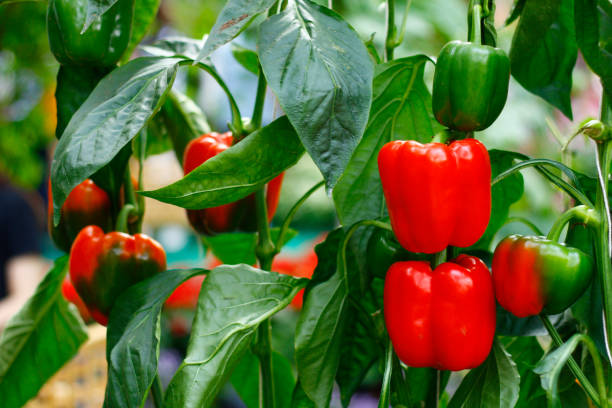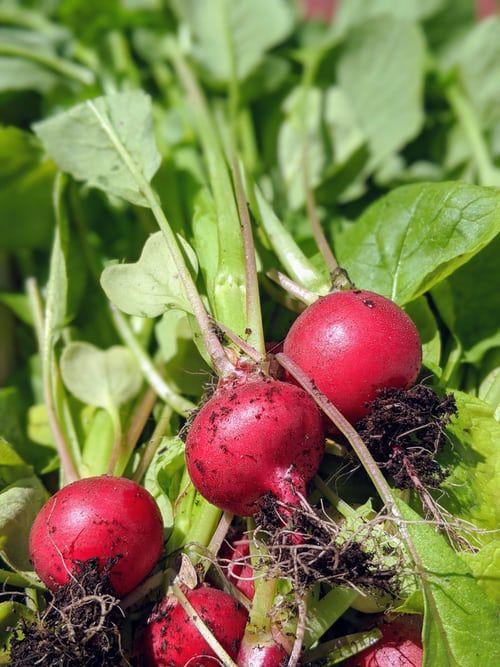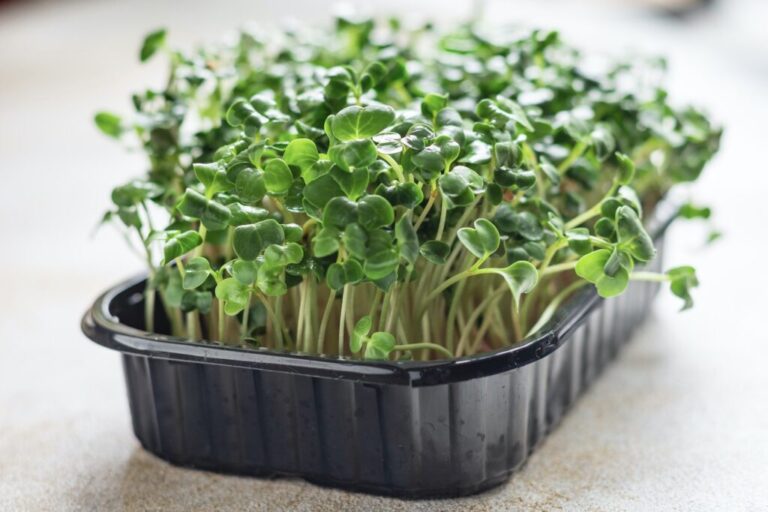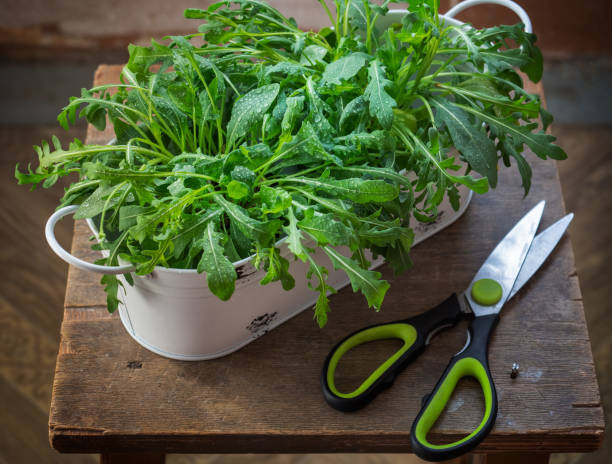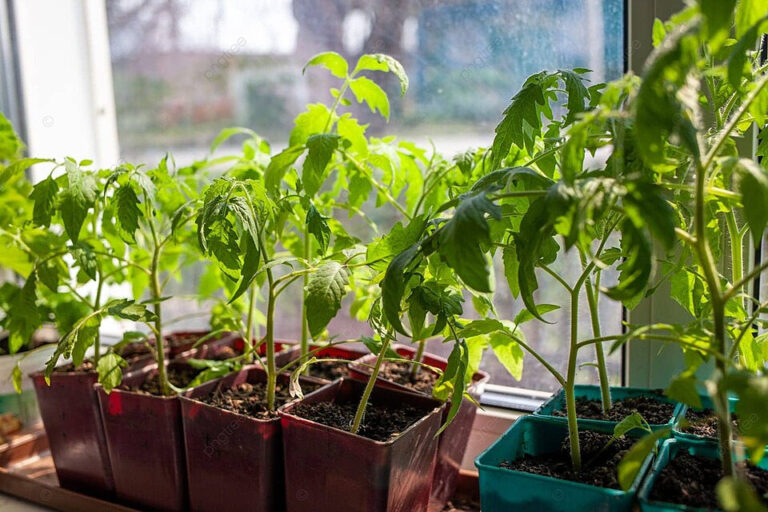How To Grow a Lemon Tree From Seed: Best Guide

Growing a lemon tree from seed is a fun and rewarding process that allows you to witness the full life cycle of a plant, from a tiny seed to a vibrant, fruit-bearing tree.
While it takes time, patience, and proper care, germinating and nurturing your own lemon tree can be an enjoyable project for beginners and experienced gardeners alike.
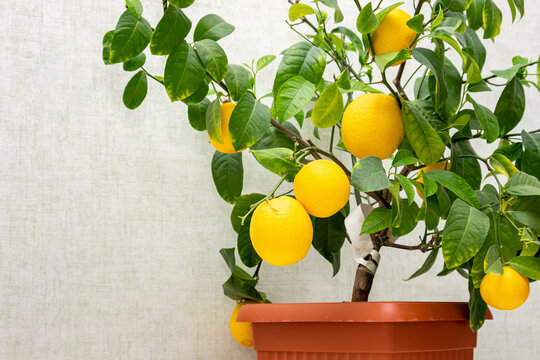
Here’s how to get started, along with tips for long-term success.
Materials You’ll Need
| Fresh, organic lemon | Quality potting mix (well-draining, rich in organic matter) |
| Small seedling pots or biodegradable containers | Plastic wrap or a humidity dome |
| Spray bottle for watering | Sunny windowsill or grow light |
Step-by-Step Instructions
Select the Right Seed:
Begin with a ripe, organic lemon.
Organic fruit is often preferable since non-organic lemons may have been treated with chemicals that can affect seed viability.
Carefully cut your lemon and remove several seeds. You’ll have the best chance of success by planting multiple seeds, as not all will germinate.
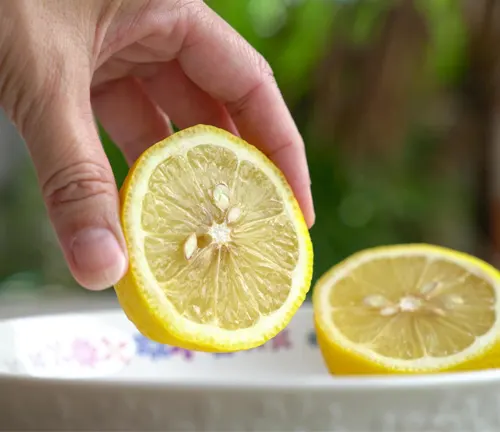
Clean and Prepare the Seeds:
Gently rinse the seeds to remove any pulp or sticky residue.
To improve your germination rate, lightly remove the outer seed coat by nicking it with a clean knife or using sandpaper to thin it. Be cautious not to damage the inner seed.
This step helps water penetrate the seed, prompting faster germination.

Pre-Soak the Seeds (Optional):
Some gardeners find that soaking the seeds overnight in warm water can increase the chances of successful sprouting.
This helps soften the seed coat and encourages quicker germination.
Plant in Quality Potting Mix:
Fill small seedling pots or containers with a well-draining potting mix enriched with compost or a balanced fertilizer.
Make a small hole about half an inch (1–2 cm) deep and insert a single seed in each pot. Gently cover with soil, ensuring good contact between the seed and the planting medium.
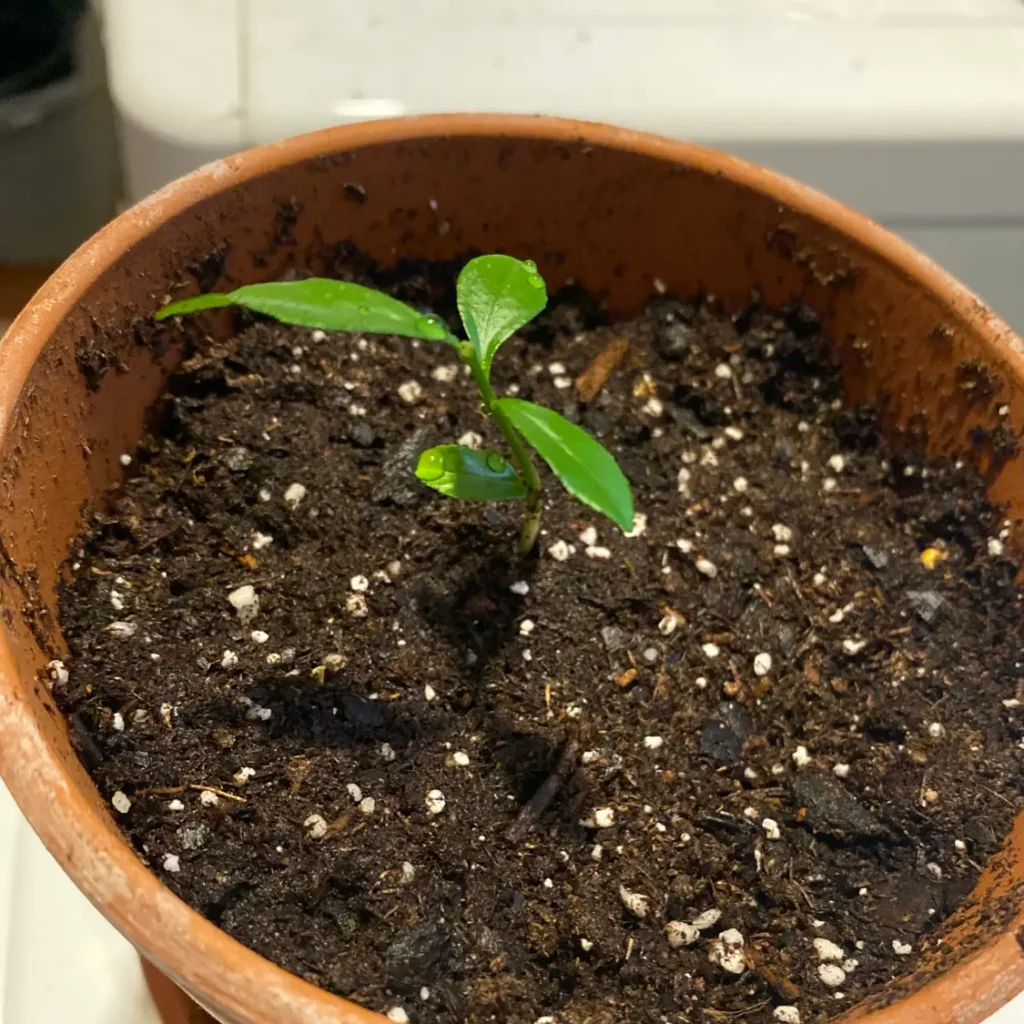
Maintain Warmth and Humidity:
Lemon seeds germinate best in a warm, moist environment. Lightly mist the soil with a spray bottle to keep it evenly moist but not waterlogged.
Cover the container with plastic wrap or use a humidity dome to trap warmth and moisture. Place the container in a warm spot, ideally with a temperature between 70°F and 80°F (21°C to 27°C).
Provide Adequate Light:
Once seedlings emerge—usually within two to four weeks—they’ll need plenty of light. Place them on a sunny windowsill where they’ll receive at least 6–8 hours of direct sunlight per day.
If natural light is limited, consider using a grow light to give your seedlings the energy they need to thrive.
Water Consistently and Carefully:
Keep the soil evenly moist but never soggy. Overwatering can lead to root rot and damping-off disease.
Once the seedlings have a few sets of true leaves, water less frequently, allowing the top inch of soil to dry slightly between waterings.
Fertilize for Healthy Growth:
When your seedlings are a few months old and have developed a stable root system, start fertilizing lightly.
Use a balanced, citrus-specific fertilizer or a well-rounded organic fertilizer. Follow package instructions, applying sparingly at first to prevent nutrient burn.

Transplanting and Long-Term Care:
After about 6–12 months, or when your seedling has outgrown its initial pot, carefully transplant it into a larger container.
A well-draining pot is crucial, as lemon trees dislike waterlogged roots. Continue to provide ample sunlight, moderate watering, and regular, balanced feeding.
As the tree matures, you may need to prune it to maintain a good shape and encourage fruit production.
Be Patient and Persistent:
Growing a lemon tree from seed is a long-term project. It can take several years before your tree is mature enough to produce fruit—often 3–6 years or more.
Even if you don’t see lemons immediately, you’ll have a lovely, glossy-leaved indoor or outdoor plant that fills your home or garden with a pleasant, citrusy fragrance.
Additional Tips
- Indoor vs. Outdoor Cultivation: In cooler climates, lemon trees thrive indoors near a sunny window. In warm climates (USDA zones 9–11), you can plant them outdoors where they can eventually become full-size trees.
- Pest and Disease Management: Keep an eye out for common pests like aphids or spider mites. Wipe leaves with a damp cloth or use an insecticidal soap if infestations occur. Ensure proper airflow and avoid overwatering to reduce fungal issues.
- Grafting Considerations: Lemon trees grown from seed may not produce fruit identical to the parent variety. If fruit quality or early fruiting is important, consider grafting a known lemon variety onto your seed-grown rootstock once it’s sturdy enough.
Conclusion
Starting a lemon tree from seed is a journey that requires patience, but the reward is well worth the wait.
By providing your seedlings with warmth, ample light, proper watering, and consistent care, you set the stage for a healthy, productive tree.
Over time, as your lemon tree matures, you’ll be rewarded not only with beautiful, glossy foliage and fragrant blossoms, but eventually with fresh, home-grown lemons to brighten your kitchen and enhance your favorite recipes.



